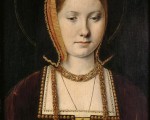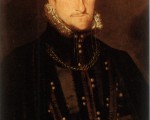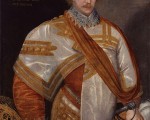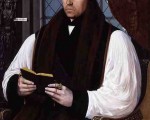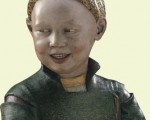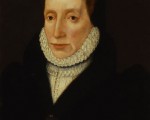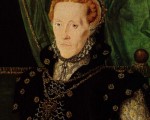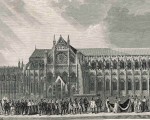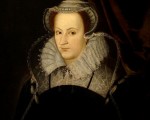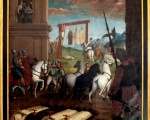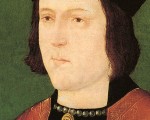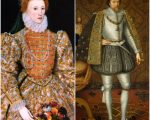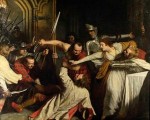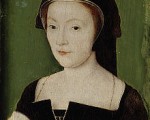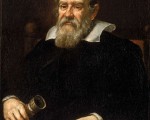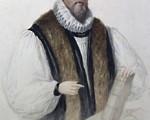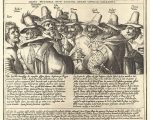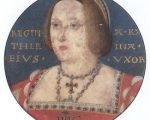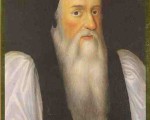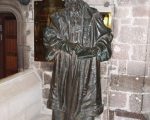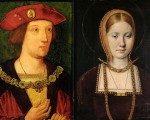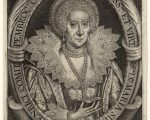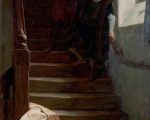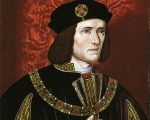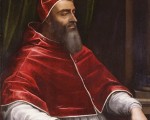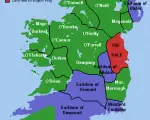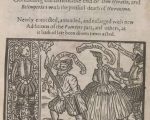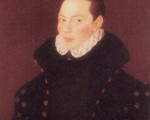
12th November:
1532 – Henry VIII and Anne Boleyn finally left Calais after being delayed by a Channel fog. They landed at Dover on Thursday 14th November. They had been visiting Calais to meet with the French king, Francis I.
1537 – Jane Seymour’s body was taken by chariot from Hampton Court Palace to Windsor Castle.
1554 – The opening of Mary I’s third Parliament. At this Parliament, a bill was passed allowing the exiled Cardinal Reginald Pole to return to England as papal legate.
1555 – Mary I’s Parliament re-established Catholicism in England.
1555 – Stephen Gardiner, Bishop of Winchester and Mary I’s Lord Chancellor, died. Gardiner crowned Mary I Queen of England at her coronation at Westminster Abbey on the 1st October 1553, and helped Mary to restore Catholicism and overturn the annulment of her parents’ marriage, making her legitimate. He was also instrumental in the marriage negotiations between Mary and Philip II of Spain, and married the couple at Winchester Cathedral on the 25th July 1554. He was laid to rest at Winchester Cathedral in what is now known as the Bishop Gardiner Chantry Chapel.
1576 – Death of Sir Edward Saunders, judge. He was buried at Weston under Wetherley, Warwickshire. Saunders’ offices included Serjeant-at-Law, Recorder of Coventry, Chief Justice of the King’s Bench and Chief Baron of the Exchequer.
1586 – A delegation of forty MPs and twenty peers presented Elizabeth I with a petition demanding that “a just sentence might be followed by as just an execution” in the case of Mary, Queen of Scots.
1595 – Death of Sir John Hawkins, merchant, shipbuilder, navigator, explorer, slave trader and naval commander, at Puerto Rico on a voyage, with Sir Francis Drake, which aimed to capture Panama. He was buried at sea. Hawkins is known for being the chief architect of Elizabeth I’s navy, and he was knighted for gallantry after serving as Vice-Admiral during the Spanish Armada.

